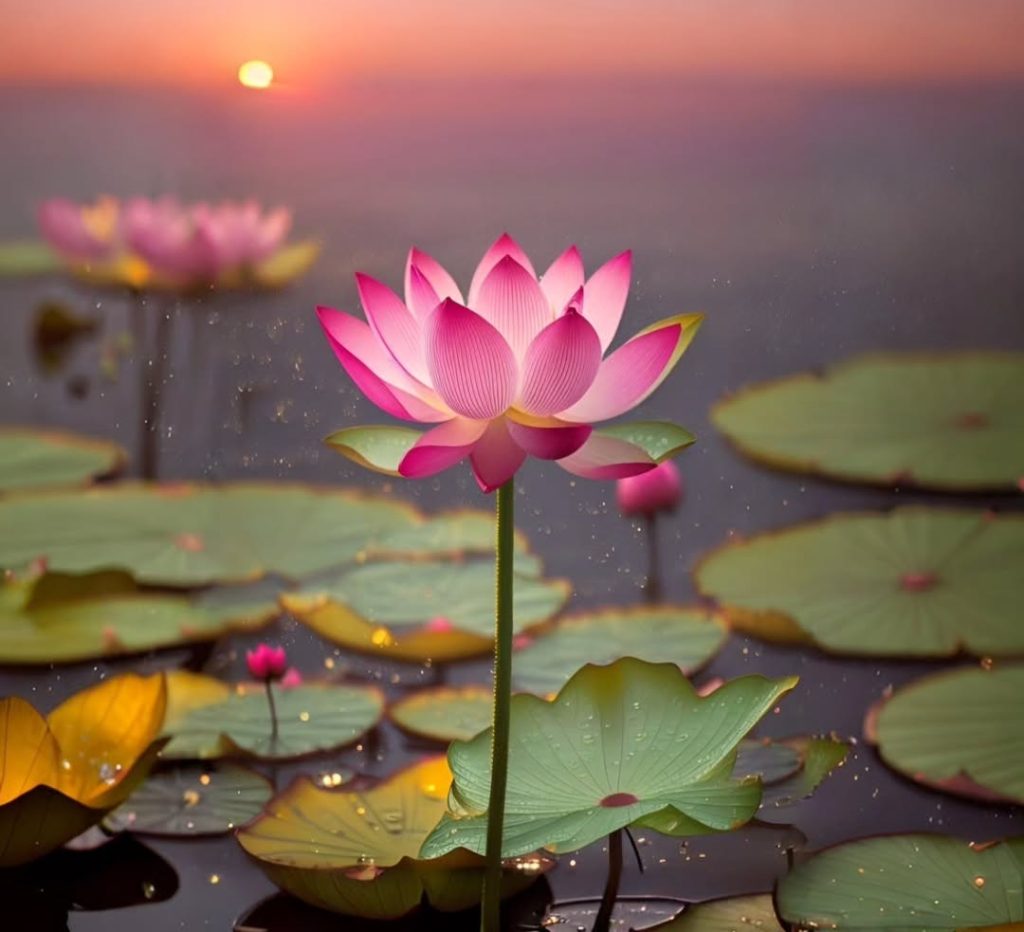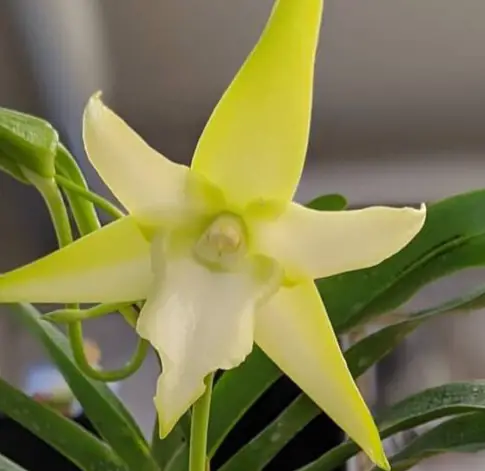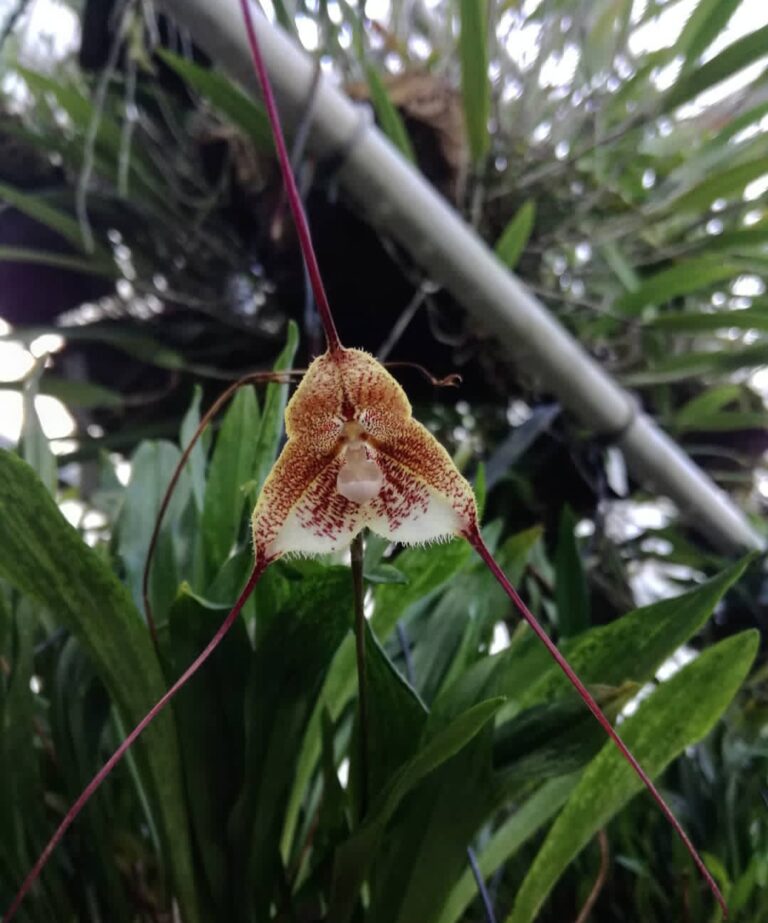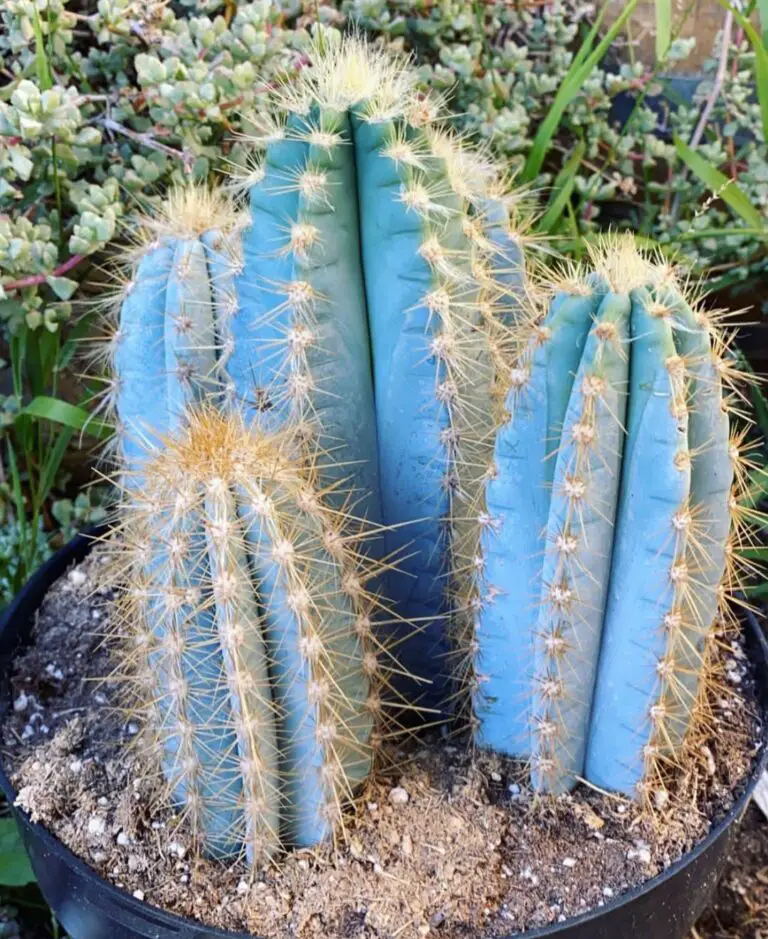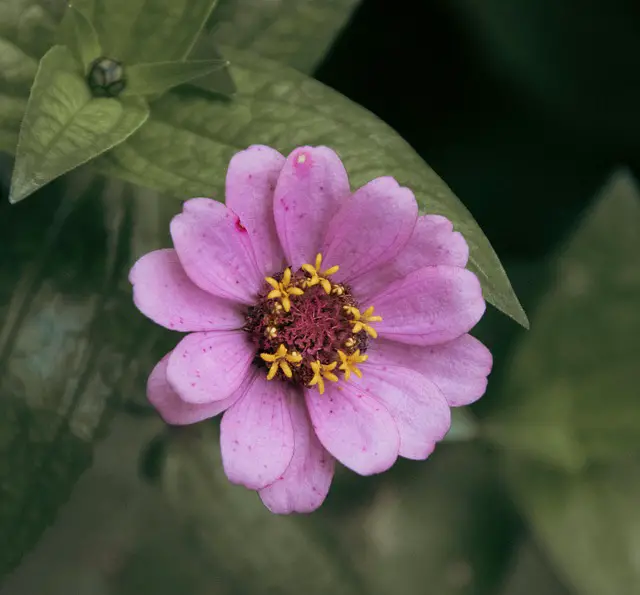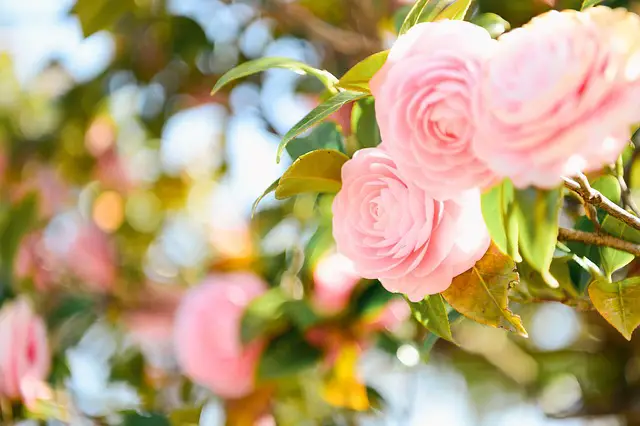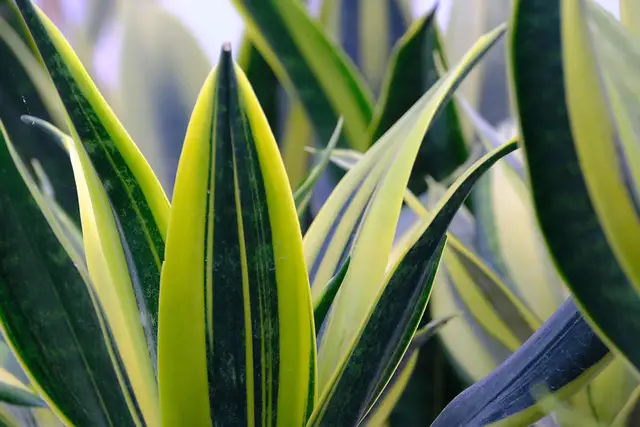
- 1 The Lotus Grows in Mud, But Blooms Clean
- 2 2. It Symbolizes Rebirth and Renewal
- 3 3. The Lotus Is Sacred in Many Religions
- 4 4. It’s a Symbol of Purity
- 5 5. Lotus Colors Have Different Meanings
- 6 6. Lotus Flowers Appear in Yoga and Meditation
- 7 7. It’s a Popular Tattoo Symbol
- 8 8. Lotus Art Appears Worldwide
- 9 9. Lotus in Ayurveda and Traditional Medicine
- 10 10. It’s an Icon of Feminine Energy
- 11 11. Lotus Is Used in Natural Skincare
- 12 12. A National Symbol in Asia
- 13 13. It’s Linked with the Chakras
- 14 14. Lotus Seeds Are Edible and Nutritious
- 15 15. It Appears in Literature and Poetry
- 16 16. Lotus Has a Unique Water-Repellent Surface
- 17 17. It Blooms in Silence
- 18 18. Lotus Represents Detachment
- 19 19. It’s an Emblem of Peace
- 20 20. It Inspires Personal Growth
- 21 (FAQs) About the Lotus Flower:
The Lotus Grows in Mud, But Blooms Clean
The lotus flower floats perfectly on the surface of dirty ponds, but its roots anchor there.This contrast makes it a universal symbol of rising above challenges. It teaches that beauty, strength, and purity can flourish even in life’s darkest environments—making it an enduring emblem of hope and transformation.
2. It Symbolizes Rebirth and Renewal
Each night, the lotus submerges into the water, only to rise and bloom again with the morning sun.This daily cycle represents spiritual awakening, rebirth, and rejuvenation. In order to encourage new beginnings, fresh starts, and the cyclical cycle of life and progress, it is frequently utilised in meditation and healing practices.
3. The Lotus Is Sacred in Many Religions
In Buddhism, the lotus represents enlightenment—blooming just as one’s consciousness rises above ignorance. In Hinduism, gods like Lakshmi and Brahma are depicted seated on lotuses, symbolizing divine beauty and spiritual power. Ancient Egyptians associated the lotus with the sun, creation, and rebirth, underscoring its sacred, universal importance.
4. It’s a Symbol of Purity
Because the lotus blooms in dirty water yet remains unstained, it has traditionally represented spiritual and moral purity.It reminds us that it’s possible to stay grounded in our values while navigating a messy world. In many cultures, it also represents detachment and peace of mind amid chaos.
5. Lotus Colors Have Different Meanings
Each lotus color carries unique symbolism. White signifies purity and spiritual perfection; pink is often associated with divine beings; blue represents wisdom; red embodies love and compassion; and purple stands for mysticism and esoteric teachings. The lotus’s diverse connotations make it a powerful and personal symbol.
6. Lotus Flowers Appear in Yoga and Meditation
The “lotus pose,” or Padmasana, is a foundational seated posture in yoga and meditation. Practicing this pose can enhance balance, calm the mind, and deepen spiritual focus. The lotus is also a central image in mandalas, symbolizing inner harmony and the unfolding journey toward enlightenment and inner peace.
7. It’s a Popular Tattoo Symbol
Lotus flower tattoos are especially popular among those seeking personal growth or marking a spiritual journey. Each petal and color can be customized to reflect one’s path. As a tattoo, the lotus symbolizes the triumph over hardship, the beauty of transformation, and the wisdom gained from overcoming struggle.
8. Lotus Art Appears Worldwide
Lotus designs are common in temples, traditional paintings, textiles, and even modern graphic art. Artists are drawn to its symmetry, grace, and deep symbolism. From Eastern mandalas to Western minimalist logos, the lotus continues to inspire creativity and spiritual themes in both sacred and secular art forms.
9. Lotus in Ayurveda and Traditional Medicine
The lotus plant has long been utilised in Ayurvedic and Chinese medicine to treat many ailments.Its seeds, petals, and roots are believed to have cooling, calming, and restorative effects. It’s used to reduce inflammation, ease digestion, and promote mental clarity—further affirming its role in mind-body balance and wellness.
10. It’s an Icon of Feminine Energy
In many spiritual traditions, the lotus is linked to feminine power and divine grace. Its soft, rounded petals and nurturing qualities reflect fertility, birth, and creative energy. Deities and goddesses are often shown emerging from or sitting atop lotuses, emphasizing the flower’s deep connection with feminine strength and creation.
11. Lotus Is Used in Natural Skincare
Lotus extract is gaining popularity in clean beauty due to its soothing and antioxidant-rich properties. It helps hydrate skin, reduce redness, and restore balance—making it ideal for sensitive and aging skin. Many eco-conscious skincare brands now include lotus in their formulations, celebrating both its effectiveness and symbolic purity.
12. A National Symbol in Asia
The lotus is the national flower of both India and Vietnam, indicating its cultural and historical significance. It occurs on Indian money as well as in ancient manuscripts.In Vietnam, it symbolizes optimism, integrity, and resilience. Its national status underscores the flower’s importance across generations and geographic borders.
13. It’s Linked with the Chakras
The crown chakra, or Sahasrara, is traditionally represented by a thousand-petaled lotus. It is located at the summit of the chakra system and represents ultimate consciousness and oneness with the divine. Meditation on this lotus can help individuals open themselves to universal wisdom and spiritual awakening beyond the material world.
14. Lotus Seeds Are Edible and Nutritious
Lotus seeds, known as “makhana” in some regions, are highly valued for their nutritional benefits. They are rich in protein, fiber, magnesium, and antioxidants. Often eaten roasted or boiled, these seeds support heart health, digestion, and energy. They’re a traditional snack in many parts of Asia, especially during festivals.
15. It Appears in Literature and Poetry
Poets and writers throughout history have used the lotus to symbolize themes of love, purity, and perseverance. From ancient scriptures like the Rigveda to modern poems, the flower has served as a metaphor for personal transformation, the beauty of silence, and the quiet strength that emerges from stillness and suffering.
16. Lotus Has a Unique Water-Repellent Surface
The “lotus effect” refers to the plant’s natural ability to repel water and dirt from its surface. Scientists have studied this property to create self-cleaning materials and surfaces. This unique characteristic not only adds to its symbolism of purity but has also led to innovations in bio-inspired design.
17. It Blooms in Silence
The lotus opens quietly in the early dawn, untouched by noise or distraction. Its silent blooming has come to represent inner strength, peace, and the quiet power of growth. In a fast-paced world, the lotus reminds us that not all beauty needs to shout to be seen or appreciated.
18. Lotus Represents Detachment
Just as the lotus remains untouched by the muddy waters from which it rises, it symbolizes detachment from negativity and material distractions. Spiritual teachings often use the lotus to encourage letting go of worldly attachments and focusing on inner truth, clarity, and the path toward higher consciousness.
19. It’s an Emblem of Peace
In Buddhist and Hindu traditions, the lotus is a symbol of serenity, balance, and peace. Its form is used in meditation visuals and sacred geometry, helping individuals reconnect with a state of calm. The gentle unfolding of its petals represents the slow but steady path toward lasting inner peace.
20. It Inspires Personal Growth
The lotus serves as a daily reminder that even in the most difficult circumstances, we can bloom with grace. It encourages personal development, spiritual reflection, and emotional healing. Its image is a symbol of progress—of becoming something beautiful despite hardship, and of growing stronger through life’s challenges.
The lotus flower isn’t just a bloom—it’s a story of survival, beauty, and transformation. Its timeless message of rising above darkness and staying true to one’s inner light resonates deeply across cultures, religions, and personal journeys. Whether admired in art, worn as a tattoo, or meditated upon in silence, the lotus continues to inspire hearts worldwide.
(FAQs) About the Lotus Flower:
1. What is a lotus flower and why is it so special?
Water plants like lotus flowers are prized for their exquisite beauty and symbolic significance. The lotus flower, which is found in murky waters, comes to the surface to bloom and is a symbol of strength, purity, and spiritual awakening. The lotus flower is revered in many cultures as a representation of metamorphosis and rebirth.
2. Where does the lotus flower naturally grow?
The lotus flower typically grows in freshwater environments like ponds, lakes, and rivers. Native to Asia, the lotus flower thrives in muddy waters, especially in countries such as India, China, Vietnam, and Egypt. Despite the murky conditions, the lotus flower always blooms clean and radiant.
3. What does the lotus flower symbolize in different cultures?
In many religions, the lotus flower represents spiritual development, enlightenment, purity, and rebirth. The lotus blossom is a representation of enlightenment in Buddhism. It is associated with divine beauty and creation in Hinduism. Ancient Egyptian and Chinese cultures also regarded the lotus flower as sacred.
4. Why is the lotus flower regarded as a representation of innocence?
The lotus flower is a symbol of purity because it blooms beautifully despite growing from murky water. Its petals remain untouched by the dirt below. This makes the lotus flower a powerful metaphor for rising above life’s challenges and staying spiritually or morally clean.
5. What are the different colors of the lotus flower and what do they mean?
The meaning of each lotus blossom colour is distinct. Purity and spiritual perfection are symbolised by a white lotus blossom. In Buddhism, a pink lotus blossom is considered the highest lotus. A red lotus blossom symbolises compassion and love, whereas a blue lotus blossom denotes wisdom. There is profound significance in each lotus blossom.
6. Can the lotus flower be grown at home?
Yes, the lotus flower can be grown at home in water gardens or containers. With enough sunlight and warm temperatures, the lotus flower will thrive in backyard ponds or large planters. Caring for a lotus flower involves patience and dedication, much like the values it symbolizes.
7. Is the lotus flower used in any religious or spiritual practices?
Numerous spiritual practices consider the lotus flower to be a sacred emblem.. In yoga and meditation, the lotus flower pose (Padmasana) promotes focus and peace. The lotus flower is also seen in religious art, mantras, and rituals, symbolizing divine consciousness and spiritual evolution.
8. What is the difference between a lotus flower and a water lily?
Though similar in appearance, the lotus flower and water lily are different species. The lotus flower rises above water, while water lilies float on the surface. Also, the lotus flower has round petals and a large central pod, making it unique among aquatic plants.
9. Does the lotus flower have any medicinal or health benefits?
Yes, various parts of the lotus flower are used in traditional medicine. Lotus seeds, leaves, and roots are known for their health benefits, including improved digestion and stress relief. The lotus flower is also valued in herbal teas and skincare for its calming and detoxifying properties.
10. Why is the lotus flower so popular in art and design?
The lotus flower is admired for its symmetrical beauty and rich symbolism. It’s often featured in paintings, tattoos, architecture, and jewelry. Artists use the lotus flower to express themes of inner growth, peace, and resilience, making the lotus flower a powerful and aesthetic choice.
